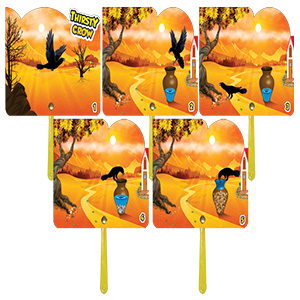
A well-known example of a descriptive narrative is Edgar Allan Poe’s short story The Tell-Tale Heart. The goal here is total immersion in the world of the story this is different from how a viewpoint narrative strives to create immersion in a character’s inner world, a limited perspective on the world of the story. In a descriptive narrative, the focus is on how the story’s setting, characters, and objects look and feel. This kind of narrative is an effective choice for personal essays and stories with perspective and personal growth themes. Through a narrative viewpoint, you can explore facets of your protagonist’s personality and expose your readers to their thoughts. Imagine if the novel was a linear narrative told through a third-person point of view-reading it would be a very different experience, wouldn’t it? Salinger created a unique perspective that allows the reader to experience Holden’s romp through New York City firsthand and feel what he feels as the narrative unfolds. By putting the reader in protagonist Holden Caulfield’s head, author J.

The Catcher in the Rye is one of the most popular examples of a viewpoint narrative. Generally, these kinds of stories are more character driven than plot driven. Viewpoint narrativeĪ viewpoint narrative focuses on the narrator’s perspective of the story’s events. You can also highlight key events and include scenes that provide necessary details that wouldn’t fit into your story’s timeline otherwise. A well-known example of a nonlinear narrative is House of Leaves, a novel told through first-person narration, recovered documents, and footnotes throughout the book.īy choosing a nonlinear narrative for your writing, you can emphasize your characters’ emotions and perspectives on the events in the story. In contrast to a linear narrative, a nonlinear narrative presents its story’s events in nonchronological order.
#Story narration series
A historical narrative follows a linear timeline to tell the story of an actual event or series of events. In addition to following the standard quest narrative structure, Shrek also satirizes many of the tropes associated with this kind of story, like a princess locked in a tower guarded by a dragon.Īnother specific type of linear narrative you may have encountered is the historical narrative. Shrek is an example of a quest narrative. Often, this quest involves traveling to a far-off location and overcoming obstacles to achieve the goal. This kind of narrative tells the story of a character’s quest to reach a goal. One specific type of linear narrative you may be familiar with is the quest narrative. There can be gaps between scenes, such as a book’s third chapter taking place two years after its second chapter’s events. With a linear narrative, each scene is followed by the next logical scene.
#Story narration tv
Most books, movies, TV shows, and other pieces of media are linear narratives. With a linear narrative, a story’s events are told in chronological order.

The right kind of narrative for your story or essay depends on your goals for the piece you’re writing. There are multiple ways to write a narrative. Grammarly helps you communicate with confidence Write with Grammarly Types of narrative writing


 0 kommentar(er)
0 kommentar(er)
